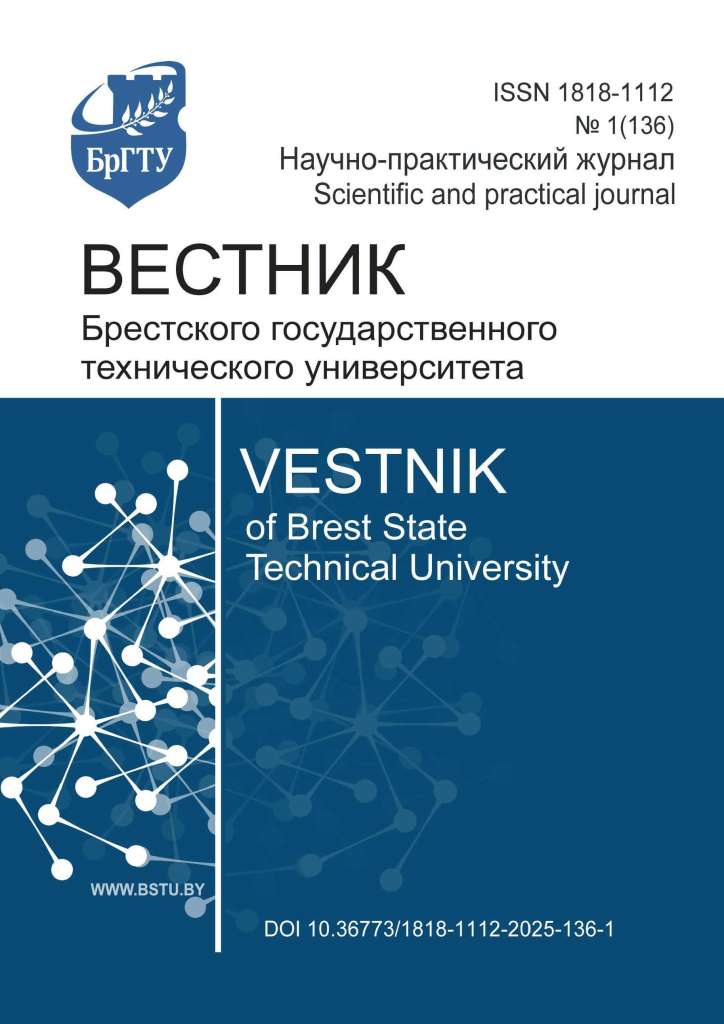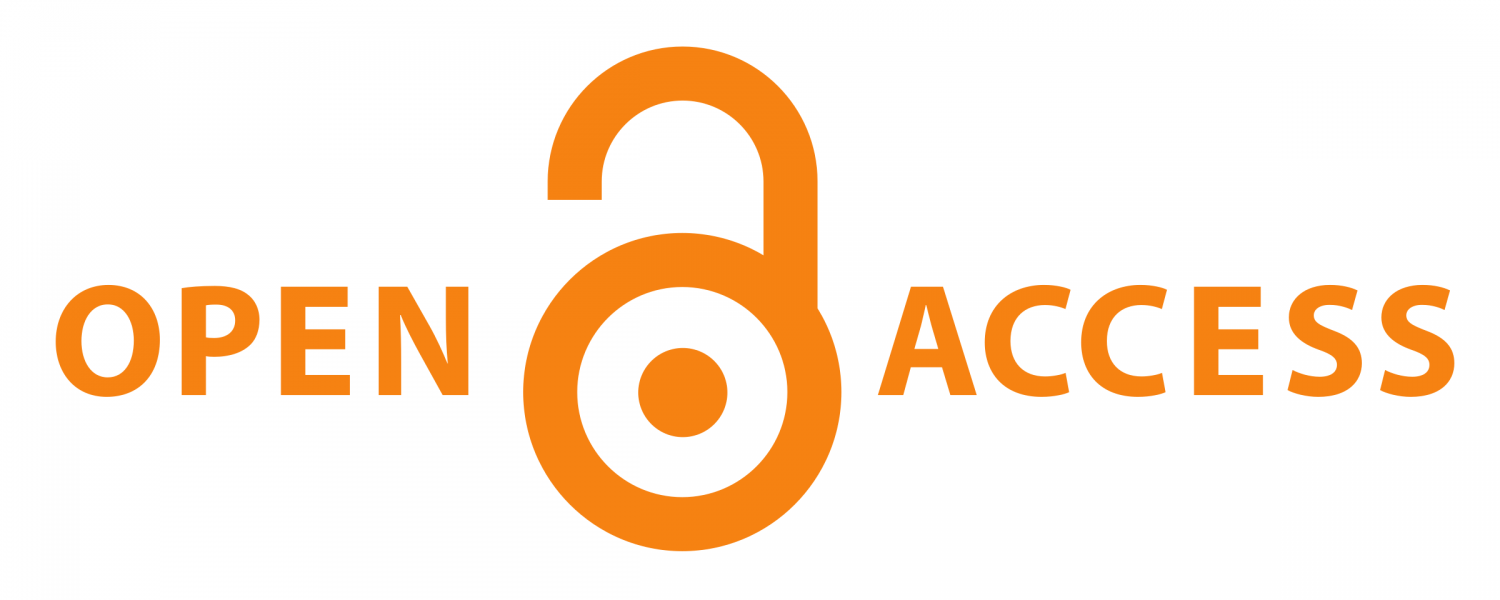EXPERIENCE IN AUTOMATION OF TEACHING ENGINEERING DISCIPLINES
DOI:
https://doi.org/10.36773/1818-1112-2025-136-1-90-95Keywords:
automation, information technology, training, technical disciplines, module, modular instructions, subsystem, modelAbstract
The subject of consideration is the processes of teaching engineering disciplines in terms of their computer support, consistent with teaching methods and the requirements of education at the university. The article presents the experience of systematically taking into account the characteristics of teaching, trends in the importance of independent work, the relevance of distance learning through the integration of the principles of modular learning and the capabilities of information technology. The approach to automation is considered in relation to the disciplines of the system modeling cycle, which accumulate the features of technical subjects: are characterized by formalization, work with abstract systems, models; have a practical focus; involve the use of software tools, etc. Modeling training is a continuous, lengthy process that requires appropriate preparation of training material and automation of labor-intensive stages.
To ensure the integrity of training, the core of the subject has been identified – the “unifying” module “Modeling of systems based on networks with queues”, which: integrates the knowledge obtained within the framework of the discipline; specializes them for application in the field of assessing the characteristics of objects; allows the skills to be applied not only fragmentarily, but also to the entire modeling cycle.
To support the most labor-intensive processes of training, monitoring and evaluation of results, the module is equipped with a set of software and information tools. The complex consists of a subsystem for constructing network specifications and model specifications, a subsystem for evaluating (testing) models, a database of training tasks, etc. The complex provides: obtaining modeling objects (descriptions of simplified systems that meet specified requirements for their complexity and operating mode); formation of test data sets required for model certification; construction of codes for simulation models of systems in the input language of the standard modeling system; certification of models.
This ensures a systematic approach to learning, since the tasks of developing models are consistent with the results obtained, and the modeling processes themselves are reproduced from the stage of studying the system to assessing the adequacy of models and predicting the characteristics of systems. The complex can be deployed in a desktop version, including as part of a local network, or as a web application with access through a standard browser.
References
Дударев, Ф. Ф. Симуляторы и тренажеры в профессиональном образовании: педагогические и технологические аспекты / Ф. Ф. Дударев, О. В. Максименков // Вопросы образования. – 2020. – № 3. – С. 255–270.
Агапитова, О. В. Автоматизированные системы обучения в машиностроении / О. В. Агапитова, Г. Б. Захарова // Весенние дни науки: сборник докладов Междунар. конф., Екатеринбург, 22–24 апреля 2021 г. – Екатеринбург, УрФУ, 2021. – C. 565–569.
Trevor, H. The Trouble with Higher Education: A Critical Examination of our Universities / H. Trevor, P. Smith. – Abingdon, Routledge, 2010. – 168 p.
UNESCO ICT Competency framework for teachers (version 2.0). – 2011. – URL: https://unesdoc.unesco.org/ark:/48223/pf0000213475 (date of access: 23.02.2025).
Entwistle, N. Conceptions of Learning and Knowledge in Higher Education: Relationships with Study Behavior and Influences of Learning Environments / N. Entwistle, E. Peterson // International Journal of Educational Research. – 2005. – Vol. 41. – P. 407–428.
Компьютерное моделирование. Курс лекций. – 2016. – URL: https://intuit.ru/studies/courses/643/499/info (дата обращения: 27.01.2025).
Введение в математическое моделирование. Курс лекций. – 2016. – URL: https://intuit.ru/studies/courses/2260/156/info (дата обращения: 27.01.2025).
Лозинская, А. М. Модульно-рейтинговая технология обучения физике: учеб.-метод. пособие / А. М. Лозинская, Т. Н. Шамало. – Екатеринбург : Уральский гос. педаг. ун-т, 2014. – 162 с.
Методологические основы системы модульного формирования содержания образовательных программ и совместимой с международной системой классификации учебных модулей. – URL: https://orensau.ru/ru/prochiedokumenty/doc_view/306.Teaching at University (дата обращения: 27.01.2025).
Sejpal, K. Modular Method of teaching / Kandarp Sejpal // International Journal for Research in Education. – 2015. – URL: https://ru.scribd.com/document/152646661/29-169-171-Dr-Kandarp-Sejpal (date of access: 27.01.2025).
Sadiq, S. Effectiveness of Modular Approach in Teaching at University Level / Sadia Sadiq // Journal of Education and Practice. – 2014. – URL: https://www.iiste.org/Journals/index.php/JEP/article/download/13916/14068 (date of access: 27.01.2025).
Guido, R. Evaluation of a Modular Teaching Approach in Materials Science and Engineering / R. Guido // American Journal of Educational Research. – 2014. – URL: http://pubs.sciepub.com/education/2/11/20 (date of access: 27.01.2025).
Ritchey, T. Outline for a Morphology of Modeling Methods Contribution to a General Theory of Modeling / Tom Ritchey // Acta Morphologica Generalis. – 2012. – Vol. 1, Iss. 1. – P. 1–20.
Curry, G. Manufacturing Systems Modeling and Analysis / L. G. Curry, R. M. Feldman // Springer-Verlag. – Berlin, 2011. – 338 p.
Введение в анализ, синтез и моделирование систем. Курс лекций. – 2016. – URL: https://intuit.ru/studies/courses/83/83/info (дата обращения: 27.01.2025).
Алиев, Т. И. Основы моделирования дискретных систем / Т. И. Алиев. – СПб. : СПбГУ ИТМО, 2009. – 363 с.
Константинов, Е. В. Применение имитационного моделирования в учебном процессе транспортного ВУЗа / Е. В. Константинов, В. С. Тимченко // Интернет-журнал «Мир науки». – 2015. – № 3. – URL: http://mir-nauki.com/PDF/42PDMN315.pdf (дата обращения: 27.01.2025).
Ståhl, I. Teaching simulation to business students’ summary of 30 years’ experience / Ingolf Ståhl // Proceedings of the 2007 Winter Simulation Conference, New York: ACM. – 2007. – P. 2327–2335.
Майоров, С. А. Основы теории вычислительных систем: учеб. пособие для вузов / С. А. Майоров, Г. И. Новиков, Т. И. Алиев [и др.]. – М. : Высш. школа, 1978. – 408 с.
Муравьев, Г. Л. Алгоритмы порождения архитектур стохастических сетей с заданными характеристиками / Г. Л. Муравьев, А. Н. Никонюк, В. И. Хвещук // Вестник Брестского государственного технического университета. Серия : Физика, математика, информатика. – 2012. – № 5 (77). – С. 34–37.
Муравьев, Г. Л. Разработка генератора GPSS-кодов имитационных моделей / Г. Л. Муравьев, К. И. Медведский // Инновационные технологии обучения физико-математическим и профессионально-техническим дисциплинам: материалы VII Междунар. науч.-практ. интернет-конф., Мозырь, 24–27 марта 2015. – С. 216–217.
Downloads
Published
How to Cite
Issue
Section
License

This work is licensed under a Creative Commons Attribution-NonCommercial 4.0 International License.
The work is provided under the terms of Creative Commons public license Attribution-NonCommercial 4.0 International (CC BY-NC 4.0). This license allows an unlimited number of persons to reproduce and share the Licensed Material in all media and formats. Any use of the Licensed Material shall contain an identification of its Creator(s) and must be for non-commercial purposes only. Users may not prevent other individuals from taking any actions allowed by the license.










